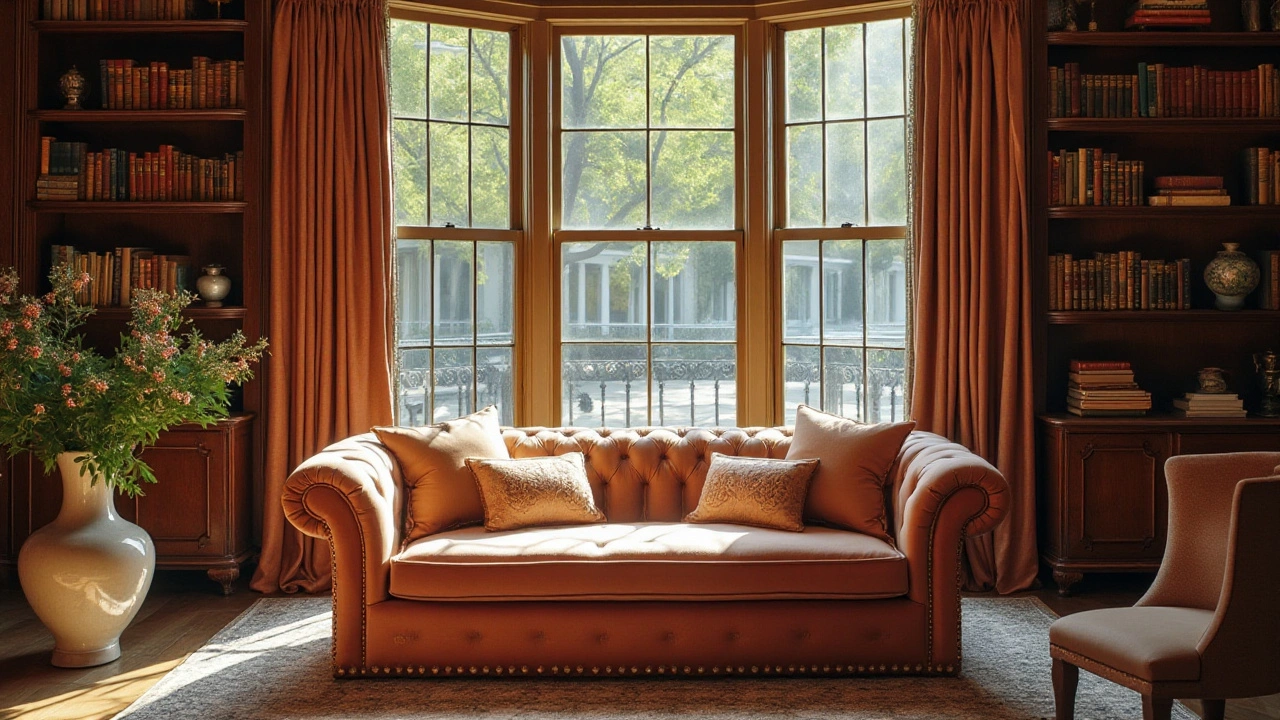Sofa Cost Guide: How Much Should You Pay?
Buying a sofa feels like a big decision because it’s a centerpiece of your living room and it can cost a lot. Before you click ‘add to cart’, it helps to know what makes a sofa cheap, what makes it pricey, and where the sweet spot lives.
What Affects Sofa Price?
The first thing to look at is the frame. A solid hardwood frame usually costs more than a particle‑board one, but it will last longer. If you plan to keep the sofa for years, a sturdy frame is worth the extra spend.
Next up is the upholstery. Leather tends to be pricey, especially top‑grade hides, while fabric options range from budget polyester to high‑end linen. The weave, durability, and stain resistance all play a role in the final number.
Cushion filling is another price driver. High‑density foam holds its shape longer than cheap polyester fiber. Some brands add a feather layer for extra plushness, which adds a few pounds to the price tag.
Brand reputation matters too. Well‑known UK furniture makers often charge more because you’re paying for design, quality checks, and after‑sales service. That doesn’t mean unknown brands are always a gamble, but it’s worth checking reviews.
Tips to Keep the Cost Down
Set a clear budget before you start browsing. Knowing your max spend narrows the field and stops you from falling for “designer” hype that doesn’t fit your pocket.
Shop sales and clearance sections. Many retailers discount last‑season styles by 20‑30 %. The design is still solid, just not the newest color.
Consider modular pieces. A sofa with interchangeable sections can be cheaper than a built‑in recliner, and you get flexibility for future moves.
Think about a slipcover. A plain, affordable sofa covered in a removable fabric gives you style upgrades without buying a whole new piece.
Don’t ignore delivery and assembly fees. A low‑priced sofa can become pricey once you add a £100‑£150 delivery charge. Some local carpenters will assemble for less than the store’s fee.
If you’re eco‑conscious, look for sustainably sourced wood and recycled fabrics. Those options sometimes cost a bit more up front, but they’re built to last, saving you money over time.
Finally, read the warranty. A longer warranty usually means the manufacturer trusts the durability of the sofa. It’s a safety net that can save repair costs later.
In short, sofa cost is a mix of frame, upholstery, cushions, brand, and extra fees. By understanding each factor and hunting for deals, you can snag a sofa that feels right in your living room without breaking the bank.
How Much Does a Quality Sofa Really Cost?
Navigating the world of sofa shopping can feel overwhelming with the myriad of choices and price ranges. Many wonder about the true cost of a quality sofa. This article breaks down what contributes to a good price, offering practical tips for striking a balance between budget and comfort without sacrificing style.
MoreIs a $2000 Sofa Worth the Investment? Essential Insights Revealed
Deciding whether to spend $2000 on a sofa requires assessing factors such as quality, durability, design, and personal lifestyle. A costly sofa can offer luxury and longevity, but it may not always align with everyone's budget or needs. This article explores the real value behind such an investment, providing tips on what to look for when shopping for a high-end piece. Considerations include material choices, brand reputation, and how often you plan to use the sofa. Learn about the potential pros and cons to determine if this expense is justified for your home.
More

